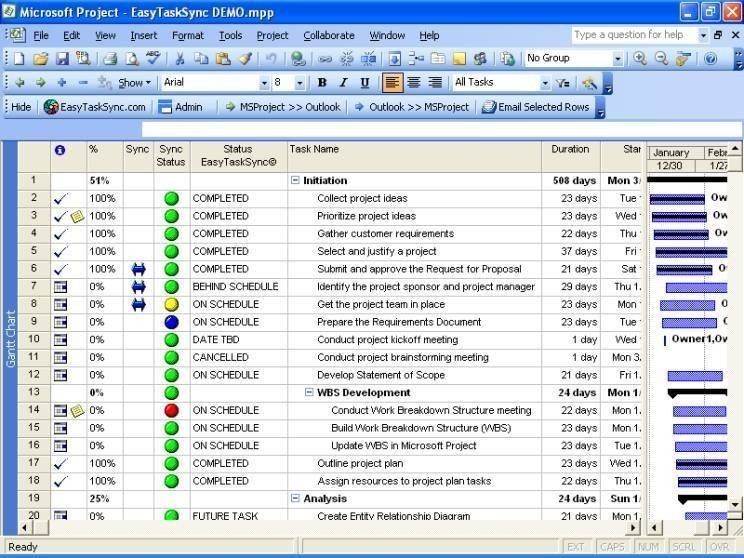

PMOs can be internal or external facing too. These are most common in highly regulated, high risk environments.
PROJECT OFFICE HOW TO
This is a key part of retention, too, so that project managers within the PMO don’t see that office as the end point of their careers (and, possibly, a dead end, and leave).įor more on establishing a successful PMO, see “ How to develop a PMO strategic plan.” Different types of PMO

“It shepherds folks through career progression.” It’s not uncommon, he says, for project managers to move up to the executive level in a company. “That center of excellence also can be the career path,” he said. While all of the above are important, Fritsch says that the last item is also a way for companies to develop talent - even outside of the PMO. Coaches, mentors, trains and provides oversight for project managers and staff.Identifies and develops project management methodology, best practices and standards.Enables sharing of resources, methodologies, tools and techniques for project success across the enterprise.Integrates data and information from corporate strategic projects/supports the balanced scorecard.Is a key enabler for the high-performing organization.Is agile enough to adapt as strategy shifts.Aligns with corporate strategy and culture.Provides tangible, repeatable, long-term benefits to the business.


 0 kommentar(er)
0 kommentar(er)
